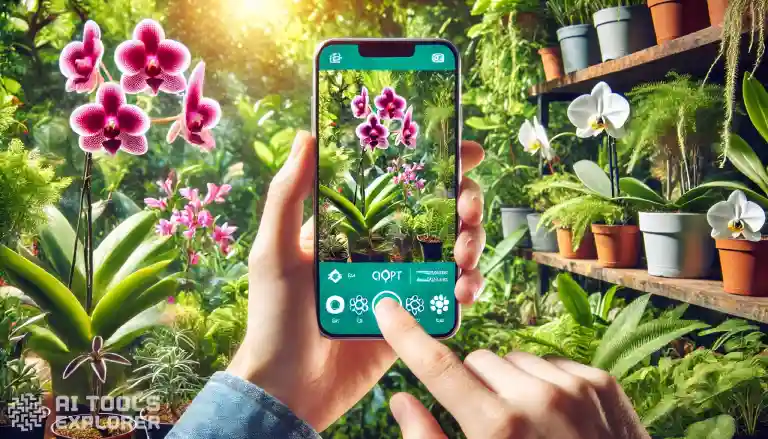Ever found yourself staring at a plant and wondering, “What on earth is this thing?” Don’t worry—ChatGPT might just be able to help. We tested out the idea of using ChatGPT as a plant identifier and here’s what we found. Spoiler: It’s better than you might think!
How to Use ChatGPT as a Plant Identifier in 3 Easy Steps
Step 1. Upload a Photo
Open ChatGPT on your phone or computer and upload a clear photo of the plant you want identified.
Step 2. Ask for Identification
Type a simple message like “Can you identify this plant?” or “Please help identify this plant.”
Step 3. Review the Suggestion
ChatGPT will analyze the image and suggest a plant based on its features. You’ll get helpful details about the plant’s characteristics, though keep in mind it might not always be 100% accurate.
That’s it! Quick and easy plant identification—no need for expensive AI apps.
ChatGPT’s Plant Identification Process: How Does It Work?
At first, ChatGPT seems a little hesitant. When you upload a photo of a plant and ask, “Can you identify this?” ChatGPT might say something like, “Sorry, I can’t directly identify plants from images.” Bummer, right?
But here’s the twist. ChatGPT won’t leave you hanging! Instead of just saying “no,” it’ll offer to describe the plant’s features and suggest what it might be based on its appearance. When you give it the green light to proceed, ChatGPT jumps into action and gives you a plant suggestion! How cool is that?
In simple terms, the plant identification process is powered by computer vision technology. This allows ChatGPT to analyze the photo you upload, look for key features like leaf shape, flower color, and overall structure, and make a smart guess about what your plant might be. It’s like a superpowered version of the “identify a flower” app—without the app!
Can ChatGPT Really Identify Plants?
The answer is… sort of! While it can’t give you the exact scientific name with 100% certainty (it’s not a botanist, after all), ChatGPT can make pretty accurate guesses based on the plant’s appearance. Let’s take a look at an example:
Example #1: The Orchid
When we uploaded a photo of an orchid, ChatGPT took a moment to look at the plant’s vibrant flowers and distinctive features. It suggested that the plant might belong to the Phalaenopsis genus, which is one of the most common types of orchids. It even mentioned the white to pale pink color, red markings on the lip, and the long green leaves. Pretty spot on, right?
Example #2: The Fiddle Leaf Fig
Next, we tested ChatGPT with a photo of a Fiddle Leaf Fig. ChatGPT quickly identified it as Ficus lyrata, pointing out the plant’s large, violin-shaped leaves. It also mentioned its tendency to grow upright like a tree. ChatGPT nailed this one too!
The Technology Behind ChatGPT’s Plant Identification
So, how does ChatGPT manage to identify plants so well? It’s all thanks to something called computer vision. This is the technology that allows AI to interpret images the way humans do. ChatGPT doesn’t “see” the plant the way you or I do, but it can process the visual data and make educated guesses about the plant’s features. While it’s not perfect and can’t guarantee an exact species every time, it sure comes pretty close!
Should You Use ChatGPT as Your Go-To Plant Identifier?
Here’s the thing: ChatGPT can definitely be your plant identification sidekick. It’s fast, it’s free, and it’s available right at your fingertips. Sure, it may not be able to give you an exact match 100% of the time (after all, it’s not a botanical expert), but it will usually give you a solid suggestion. And hey, it’s way cheaper than a paid plant identifier app!
So, the next time you’re out in the garden or at a plant shop and need to figure out what you’re dealing with, just open ChatGPT. Upload a photo, and let the AI make its best guess. You might just learn something new!
Want to test out the ChatGPT plant identifier? Just upload a photo, and let the magic happen. Who knew identifying plants could be so easy and fun? 🌿








